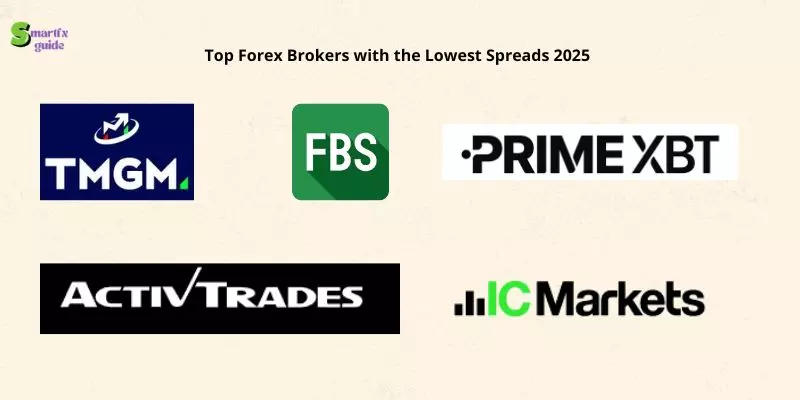EUR/USD Nears 1.1400 Amid Trade Uncertainty and ECB Rate Cut Speculation

The EUR/USD pair drifts closer to the 1.1400 level during Tuesday’s early European session, reflecting a weakening Euro (EUR) against a recovering US Dollar (USD). The pair’s decline is fueled by a combination of market uncertainties, including escalating concerns over the US-China trade dispute and heightened speculation of European Central Bank (ECB) rate cuts. Traders are also positioning themselves ahead of key economic data releases, such as Friday’s US Nonfarm Payrolls (NFP) report, which could significantly influence market sentiment.
Trade War Uncertainty Clouds Market Sentiment
US President Donald Trump’s latest remarks on the trade dispute with China have kept markets on edge. While Trump claimed progress in talks with Chinese President Xi Jinping, Beijing has dismissed the notion of active negotiations. US Treasury Secretary Scott Bessent echoed the administration’s stance, stating that the US government remains in contact with Chinese authorities but emphasized that Beijing must take the first steps to resolve the tariff standoff.
Bessent’s comments highlighted the ongoing tension, noting that the trade imbalance has made resolution challenging. He reiterated that the ball is in China’s court, intensifying market scrutiny of the US-China relationship. Rising fears of a prolonged trade war have dented confidence in the USD, making the Euro a temporary safe haven for investors. However, any indication of further escalation could pressure the EUR/USD pair downward.
ECB Poised for Rate Cuts Amid Slowing Inflation
Across the Atlantic, the Eurozone faces its own challenges. Recent reports from Reuters indicate growing confidence among ECB policymakers about the need for rate cuts in June. The Eurozone’s inflation rate continues to ease, fueling expectations of a more accommodative monetary policy.
ECB policymaker Olli Rehn hinted at the possibility of lowering rates below the neutral level—a move designed to stimulate economic growth amid mounting economic headwinds. “The current trajectory of inflation and growth necessitates decisive action from the ECB,” Rehn said during a press conference on Monday.
Market participants are closely watching for updates on ECB policy. A rate cut could further weaken the Euro in the short term, exacerbating the downward trend in the EUR/USD pair.
Key Economic Indicators to Watch
Investors are also keeping an eye on a series of upcoming economic data releases:
- US Nonfarm Payrolls (NFP): Scheduled for release on Friday, this report is expected to provide critical insights into the strength of the US labor market. Strong data could bolster the USD and weigh on the EUR/USD pair.
- Eurozone Inflation Data: Updated figures will help determine the likelihood of ECB rate cuts and influence the Euro’s trajectory.
- US Trade Balance: Insights into trade performance could further impact the USD, especially amid the ongoing trade war.
What This Means for the EUR/USD Pair
The interplay between US-China trade developments and ECB monetary policy is creating a complex backdrop for the EUR/USD pair. While the USD faces near-term pressure due to trade uncertainties, the Euro’s gains are capped by expectations of ECB rate cuts. This tug-of-war suggests heightened volatility in the coming days, with the pair likely testing key support and resistance levels around 1.1400 and 1.1500, respectively.
Frequently Asked Questions (FAQs)
What is the Euro, and why is it important?
The Euro (EUR) is the official currency of 19 European Union countries that collectively form the Eurozone. As the second most traded currency globally, it accounts for a significant share of daily foreign exchange transactions. The EUR/USD pair alone constitutes approximately 30% of global FX trading, making it a vital benchmark for market sentiment.
What is the role of the ECB in the Euro’s value?
The European Central Bank (ECB) sets monetary policy for the Eurozone. Decisions such as interest rate adjustments and quantitative easing directly influence the Euro’s value by affecting investor confidence and capital flows.
How does inflation data impact the Euro?
Inflation data serves as a critical metric for the ECB’s policy decisions. Low inflation often prompts rate cuts or other accommodative measures, which can weaken the Euro. Conversely, higher inflation may lead to tighter monetary policy, strengthening the currency.
What role does economic data play in EUR/USD movements?
Economic indicators such as GDP growth, employment figures, and trade balances significantly impact the EUR/USD pair. Strong data from either side of the Atlantic can shift investor sentiment and drive exchange rate fluctuations.
How does the trade balance affect the Euro?
A positive trade balance—where exports exceed imports—typically supports the Euro as it indicates a net inflow of foreign currency. Conversely, a trade deficit can pressure the Euro by increasing demand for foreign currencies.
Conclusion
The EUR/USD pair remains at the crossroads of global economic uncertainties and central bank policies. As traders await clarity on US-China trade developments and ECB monetary actions, the pair’s trajectory will likely remain volatile. For now, cautious positioning and close monitoring of key events will be critical for market participants navigating this uncertain environment.










